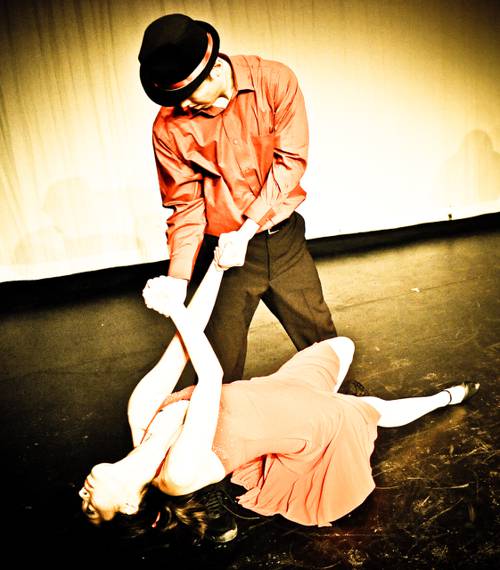
FAQ About The Influence of Tango on Global Dance and Music

What is tango and where did it originate?
Tango is a partner dance that originated in the late 19th century in the working-class neighborhoods of Buenos Aires, Argentina, and Montevideo, Uruguay. It combines African, Native American, and European cultural influences.

How did tango become popular worldwide?
Tango spread globally in the early 20th century, primarily through the travels of entertainers and musicians. It captivated audiences in Europe and North America, leading to its incorporation into ballroom dance repertoire and influencing various music genres.

What are the key characteristics of tango music?
Tango music is characterized by its dramatic and melancholic melodies, a strong and syncopated rhythm, and the use of instruments like the bandoneón, piano, violin, and double bass. The music often encompasses themes of passion, nostalgia, and the complexities of life.

What influence has tango had on ballroom dance styles?
Tango has become a major component of ballroom dance, influencing the development of styles such as International Tango and American Tango. These dance forms incorporate the characteristic link and hold of traditional tango with stylistic embellishments suited to ballroom aesthetics.

How does Argentine tango differ from ballroom tango?
Argentine tango is more improvisational and features closer embraces, while ballroom tango is more structured with a dynamic and athletic style. The musicality and footwork also differ, reflecting the diverse influences and settings of each form.

Which instruments are commonly used in tango music?
Main instruments in tango music include the bandoneón, piano, violin, and double bass. The bandoneón, in particular, is essential for the tango sound, producing its distinctive, melancholic tones.

What is the cultural significance of tango in Argentina and Uruguay?
Tango is a deeply rooted cultural expression in Argentina and Uruguay, reflecting a blend of European and African influences. It is a source of national pride, symbolizing identity and emotion, and has been recognized by UNESCO as an intangible cultural heritage.

How has tango evolved over the years?
Tango has continually evolved, from its beginnings in Buenos Aires and Montevideo's dance halls, through its global spread, to modern fusions with other musical and dance styles. It has grown to encompass a range of expressions, from traditional forms to innovative contemporary interpretations.

What role does improvisation play in Argentine tango?
Improvisation is central to Argentine tango, allowing dancers to express personal interpretation and creativity within the structure of the dance. This makes each performance unique, as dancers respond to the music and each other's movements.

What is a bandoneón and why is it important to tango music?
The bandoneón is a type of concertina essential to tango music. It produces a distinctive sound that is both melancholic and intense, contributing to the evocative atmosphere of tango music.
